(This is the seventh post in the Series on Freedom. In the previous post the process of Reflection was described. That description continues here by introducing the idea of The Virtuous Circle. It is only through these circles that we, human persons, have the freedom that we have. Post four, Persons in the Human Social Organism, explained the biological history of the increasing complexity (the preceding circles) and Our Social Organism from which our freedom derives. Post three, Persons Large and Small, introduced a circle, the feedback loop of human, language-based, interaction. There, we ‘see’ ourselves ‘reflected’ in the feedback we get from other persons. In post six, Persons Reflect, I attempted to expand this process of Reflection beyond persons and into its base in evolution. In a sense difficult to defend intellectually, but maybe not so hard to intuit, Mother Nature was contended to be The First Person, all be it, in a qualified and incipient form. A sense of reverence is starting to arise in this Series for the processes that create us. This current post, hopes to continue that, and also our scientific understanding, through the seminal concept of “Virtuous Circles”. First published 12/19/2018)

The relationship of an organism to its environment, the relation of organs to organism, and the relation of a person to their society of persons are all, what I will call, a “Virtuous Circle”. The concept is derived from a comment by philosopher Daniel Dennett. Discussing the basic idea of “information”, he contended that “information” is circularly connected to the concept of “design”. They are defined in relation to each other, he says, “but it’s a virtuous, not a vicious, circle.”
“Information is design worth getting”, he argues. In each of the Circles above, information and overall design connect their component parts — organism, environment; organs, organism; person, society — into a necessary and mutually interactive dependence. This interactive dependence runs in two ‘directions’: ‘horizontally’ and ‘vertically’, so to speak.
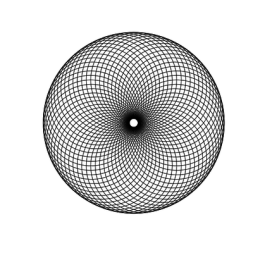
By ‘horizontally’, I mean structurally. At every given moment their parts are understood and function in relation to each other. The organs of an organism operate in this classic manner. Heart pumps blood through veins. Lungs aerate blood and release carbon dioxide. Liver and kidneys remove other waste. Stomach provides nutrients. Intestines process and eliminate waste. Bones provide shape and space, while muscles move bones for locomotion and other organs in their functioning. And so on. Human artifacts are also similarly designed structures. An automobile has wheels, motor, transmission, brakes, lights, seats all existing and functioning side by side for the given purpose of transporting people.
In each case, auto and organism, it is difficult to think of any of their component pieces existing alone and in isolation from their functions in relation to the other components of these systems. These parts are in an “interactive dependence”; they are circularly defined and designed. Hearts do not exist (for long) severed from their bodies, though pumps do operate similarly in other systems with many analogous parts and purposes.
“For the given purpose” and “with analogous purposes”, these are important phrases and
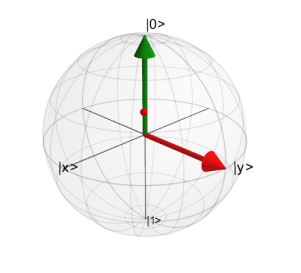
they lead me to the second ‘direction’ of mutual interaction for a Virtuous Circle. ‘Vertically’, systems of highly related parts refer to their over all purpose. Telling phrase, “over all purpose”!
Here is an old point in philosophy. The 17th century philosopher and simultaneous creator/discoverer — with Newton — of calculus, Gottfried Leibniz, stated it well. Any purpose or function ‘lies above’ (transcends) the parts that carry it out. He once observed this while walking on the shop floor of the factory of a master craftsman. The point of all the busy piece-work of the apprentices at their separate stations was not readily discernible; nowhere was the purpose of it all, itself, stationed on that floor. Further, no apprentice doing his specific job had the whole plan; each did just his own part and did it as told. But, Leibniz, rising to the platform above the floor on which the master stood, saw the function of it all, the point of each station, from that transcendent position.
And that is information. Circularly designed functions create a system that has a form, a structure, as if, “informed” from above; their over all purpose is beyond them. This “in-formation” runs not only between the component parts but, also, beyond these parts, beyond their level, so to speak, to structures or objects, goals or purposes beyond them. Virtuous Circles ‘point’ beyond themselves!
Two important points should be made, or referred to, concerning this point.
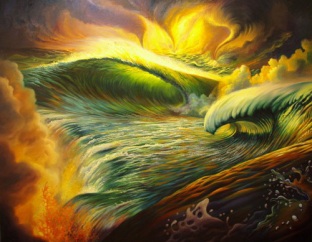
First, some will think I am tipping my hand, that my true mystical and supernatural colors are here beginning to show, but that is not so. It is true that this is where the argument for god from design is used by theists, but not by me, nor Darwin, nor Dennett (I’ve placed myself in illustrious company). Instead, this is where the Theory of Evolution enters, and it refers to these well designed systems but explains them differently.
The second point, in reference to these Virtuous Circles and their pointing beyond themselves, is this is what REFERENCE is, and how it happens. In this discussion of human freedom, we will find two important ways objects interact in our world: causally and referentially.
How does the word, “red”, or the collection of letters, “r-e-d”, indicate/point to/refer to an instance of the color, red, in the world? Because, the system of contrasting color terms and their place in our system of language — this information system, points beyond itself and toward non-linguistic objects. We do not think of this as a causal relationship. It will be important that this distinction stand — designation is not causation — for humans to have some freedom!
Let’s see how this may work.
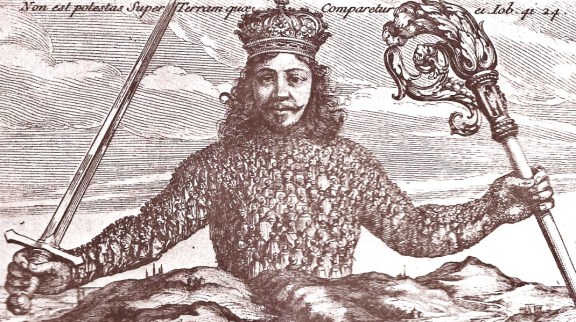
An organism, a society, an environment each inform their parts — organs, persons, organisms. Please recall post four, The Human Social Organism. Persons are functioning units that act with their goals in mind and they form a society; and yet, persons are formed by that society — that “transcendent object” — just as much as they form it!
We readily accept this view when discussing a society’s economic system. Doctor,
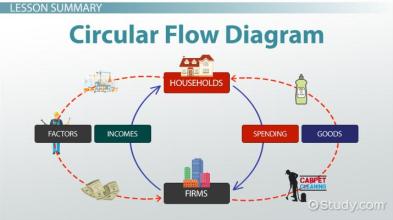
lawyer, teacher, construction worker, farmer all have their job to do and this functions only if their counterparts do their job. This is not supernaturalism, though it is a reference to objects more abstract than some others. We can point at the totality of a person but it is harder to point at the society to which they belong. We can point at an organism, but it is harder to point at its environment in totality and all at once.
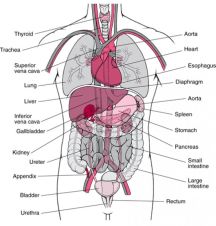
Additionally, when we talk about an organism we do not talk about its atoms. We talk about organs, and their worth. “Do they function well?” we ask. Mother Nature asks through her process of Selection. The master craftsman asks the same question of his factory and its apprentices, and so do we, persons, ask of our efforts that compose our lives: “Do they function well? Do they serve the purpose? What is their goal?”
The organs’ worth is in their purpose and how well they achieve it: Not a surprising statement! But in light of our modern skepticism about value and purpose in the universe, maybe this statement is surprising. To Dennett, it should not be; it is, and should be, essential to our self-image. We are agents; we ‘rise above’; we act; we do things for purpose. We do things and not just have things done to us. Like the master craftsman, we are out of the loop of causes on the floor below. These are our components. We are their ’cause’, or at least, the point to which they strive!
When we think of ourselves as actors/ agents, somewhere we must be able to attain a bit of separation. Utilizing the Virtuous Circle of Person and Society, persons can “take the place of the other (person)” and figuratively look at ourselves from outside. It is from this vantage that freely chosen changes to our habits of behavior can be initiated.
These points about purpose and worth, made about an organ and its organism, must equally apply to the other Virtuous circles: organism and environment, person and society. It is becoming obvious that, herein, freedom lies. From the “transcendent position”, more causal connections occur between the components below.
The unity of an object, and the point of an action, always stands aloof of its analysis into parts and pieces.
In the following post these points will be specified.
One further characteristic of great significance must be attributed. Virtuous Circles are “from a particular point of view.” It was meant as no mere analogy that the master craftsman stood above the shop floor. His point of view is decisive, and an aspect of all purpose or function is that they occur for a particular point of view. It is a way of ‘seeing’ the situation, and interacting with it, in relation to the important information it contains or offers. It is Dennett’s position that with the first functioning objects in the world, the foundation was laid for the possibility of the evolution of objects with conscious and self-conscious points of view.
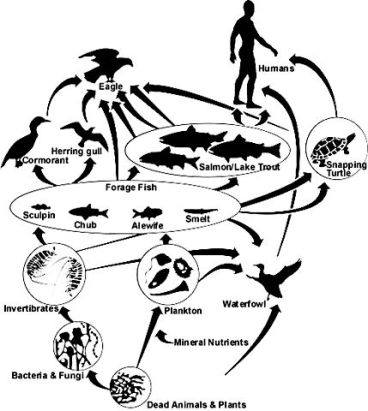
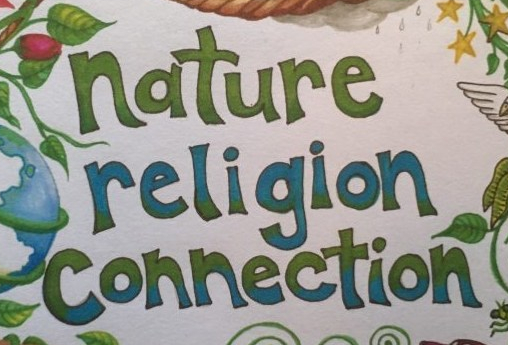
by Marty
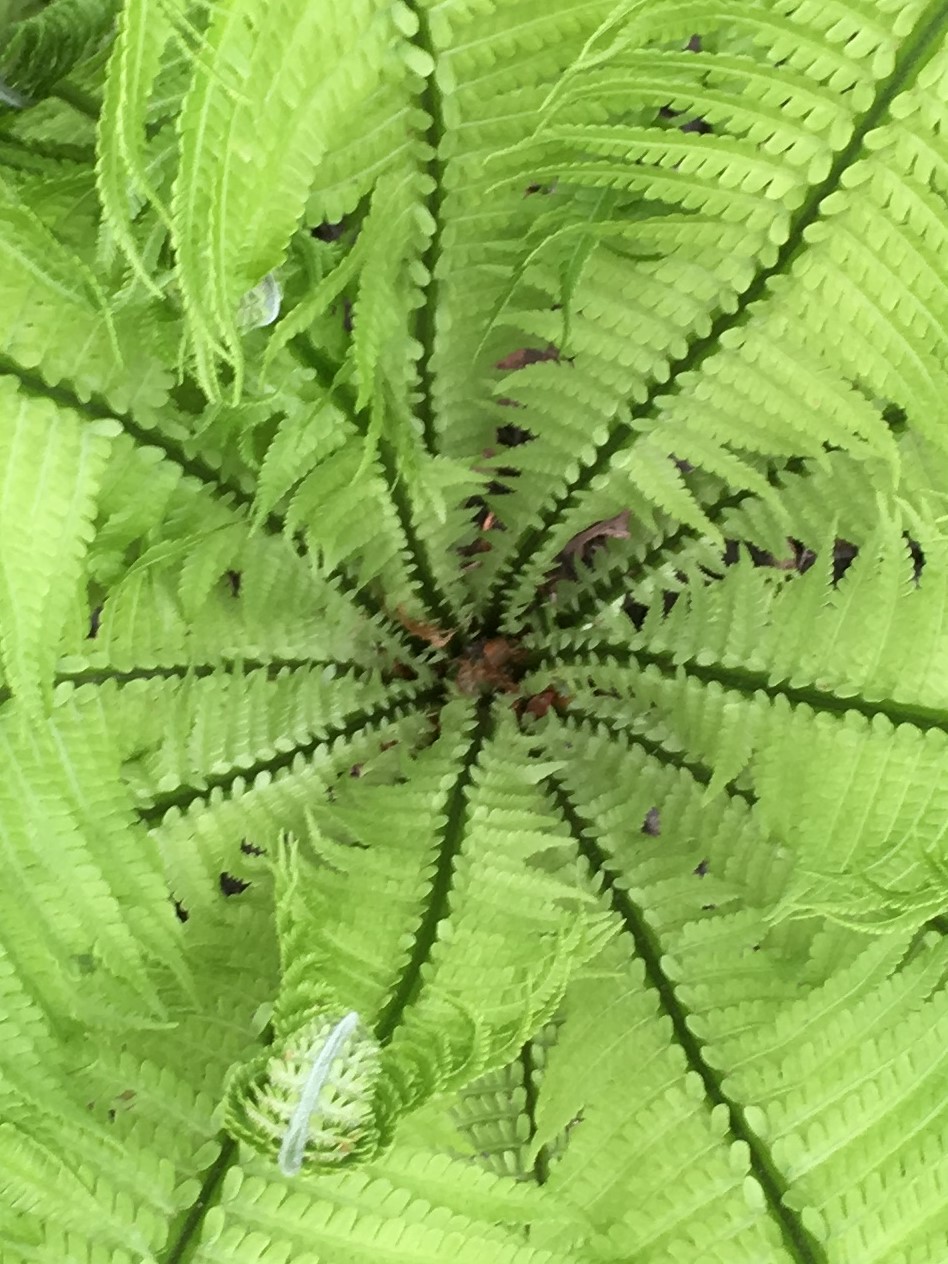
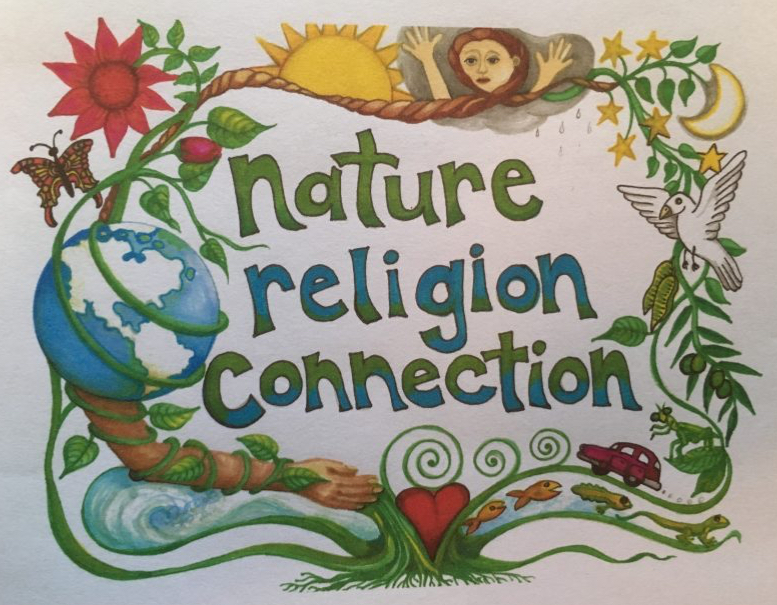
Hi Greg … Just a comment or two … I don’t find Dennett all that convincing. Is he trying to convince people? I suspect yes. For example he used the flawed (unknown to him at the time) Vohs and Schooler paper to argue we should not tell people they don’t have free will. What are his drivers? What are yours assuming you are trying to convince others? Where did your belief come from?
Now am I trying to convince people? Perhaps. But for me the concept of free will, is not a coherent concept. OK compatibilists essentially define it into existence, that is fine. My blog is a place to test ideas and concepts. And if someone comes by and puts up some countering ideas that is great.
But end of the day in a given instant could we have done otherwise. OK we can imagine doing otherwise before and after that instant.
You said on my blog (more less if I understood you correctly) that if it is all molecules “just” interacting, how can we be rational? I can ask the same question if it is not molecules interacting how can we be rational? What is the underlying substrate/movement whatever that allows us t be rational? But here we start swapping a molecular mechanism for some unspecified mechanism. Remember compatibilists are determinists like me. (And here I would include quantum phenomena in a broader determinism fold).
Ultimately if it is all “just” molecules interacting we can’t be sure our positions are correct. But a lack of free will in this case makes sense to me.
LikeLike
Thanks for your comments!!! Seems you gave my site a pretty good look. Thanks again. I hope it was enjoyable even if we disagree.
The substrate for our rationality is, most immediately human language and society, see post 3, “persons large and small”. Then ‘below’ that is biology, the living world, see posts on tree of life, organism and environment. That would also then include neurology, organic chem. Then, it gets even more speculative, about origins of life, with discussion of autocatalysis, crystals (DNA as “aperiodic crystal”) and other such cycles in inorganic world.
And you are half right, I am and Dennett does give a twisted definition to Free Will. Freedom is not doing anything we want, whenever we want; freedom is the ability to do more, ie. have more abilities in this world…..like go to moon, fly to Asia, converse with rom in west Canada, grow masses of food….and to reconsider our own behavior.
I have no reason to doubt Dennett’s motives. Will look up that paper u mentioned.
THANKS for your interest.
LikeLike